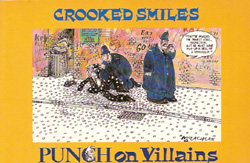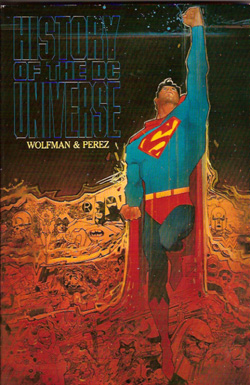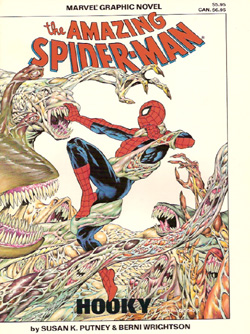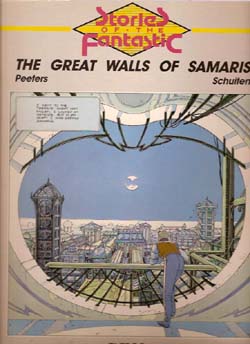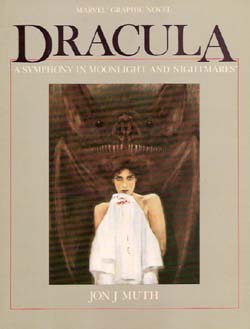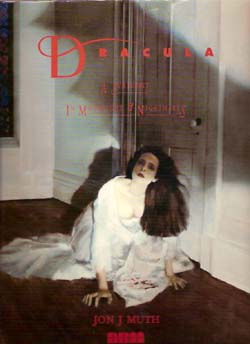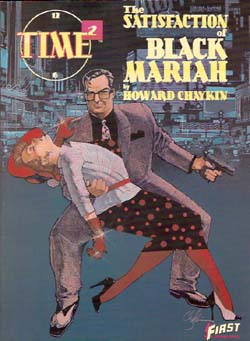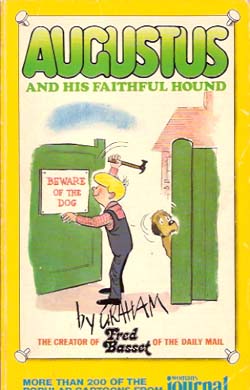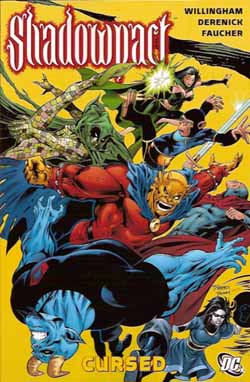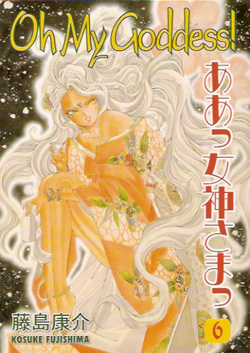
By Kosuke Fujishima (Titan Books)
ISBN13: 978-1-84576-509-5
When geeky engineering student Keiichi Morisato dialled a wrong number one night and connected to the Goddess Technical Help Line his life changed forever. A gorgeous, powerful goddess named Belldandy materialised in his room, and offered him one wish. He jokingly asked that she would never leave him…
Trapped on Earth and unable even to move too far from his physical proximity Belldandy became part of his life. Unfortunately her life increasingly became part of his, too. All Keiichi wants is to pass his exams and live a quiet life but as more and more of Belldandy’s powerful and weird family turn up and move in, life keeps on getting more wild – and dangerous!
In this volume mischievous sister Goddess Urd has been possessed by the Lord of Terror and has activated the celestial Ultimate Destruction Program. The Great Fenrir Wolf is free and the World is about to end unless our hapless goof does something about it!
Although the trademark humour is still in evidence, this is a more action-oriented adventure, with moments of genuine suspense and the mandatory massive destruction one expects from manga thrillers. All of which shows just how adaptable this series can be, and the book even has room for a delightful and poignant change-of-pace tale to close. ‘Urd’s Fantastic Adventure’ is a bittersweet tale wherein the depowered and diminutive Urd reverts to a child’s body and experiences a doomed first love with a lonely young boy.
In a structured society like Japan there’s plenty of scope for comedy with fantasy and gender role-reversal. It’s a sign of Kosuke Fujishima’s great story-telling ability that this comic take on Bewitched travels so well in our less strictured world, and remains one of the most readable and engaging of manga properties. It’s great but you will need to read them all.
This book is printed in the ‘read-from-back-to-front’ manga format.
English language translation © 2008 Dark Horse Comics, Inc.

